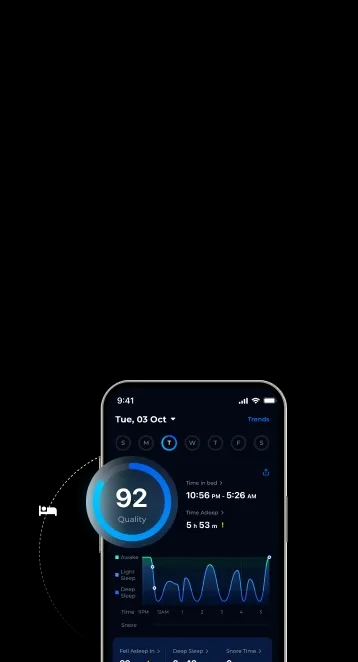


Power naps, or any naps, are just brief, occasionally very deliberate sleep taken when we feel like them. are associated with many benefits including reduced fatigue and improved performance. For that reason, some of the top firms in the world have designated sleep places in their offices. In this article, we’ll discuss how to take a power nap to boost productivity and its benefits.
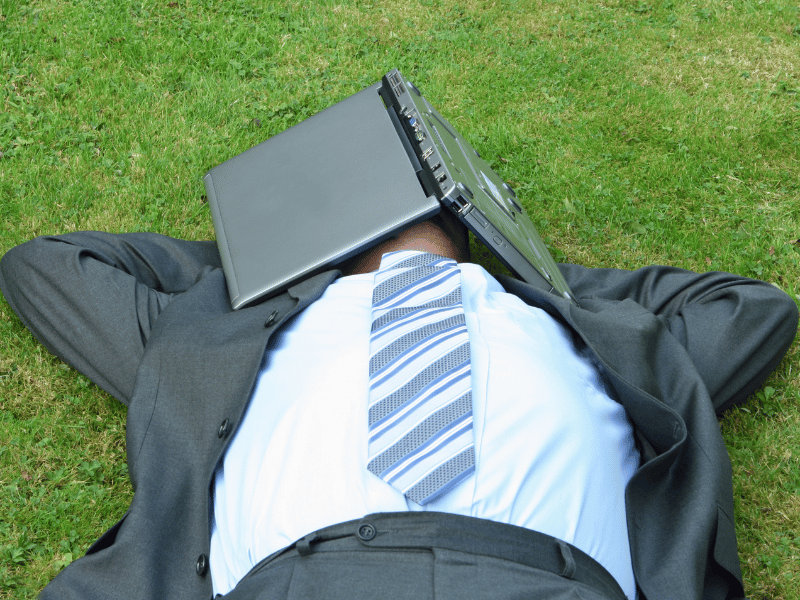
A power nap can be defined as a short rest that lasts between 10 to 30 minutes. Power naps work by allowing your body to rest for a short time, without entering deep sleep or inducing sleep inertia. It allows you to feel refreshed and increases your alertness temporarily [1].

Have you been taking power naps properly? Many people take midday naps often but may not know that certain things like napping longer than 30 minutes can give you a groggy feeling.
Here are some tips on how you can take a perfect power nap:
When taking a power nap, you want to ensure that you are keeping it between 10 to 30 minutes, not more. This nap duration will help you to boost your energy without causing you to fall into a deep stage of sleep which causes sleep inertia— a drowsy feeling when you wake up.
Ideally, you should take a midday nap between 12 P.M. to 3 P.M. This is when your body’s natural energy level will start to dip. Avoid napping past 3 P.M. as this could disrupt your natural sleep cycle and result in trouble sleeping at night.
Finding a quiet and dark spot where you can take a nap without any distractions. If necessary, you could also use a sleep mask or sleep sounds to help you get into the mood for rest quicker.
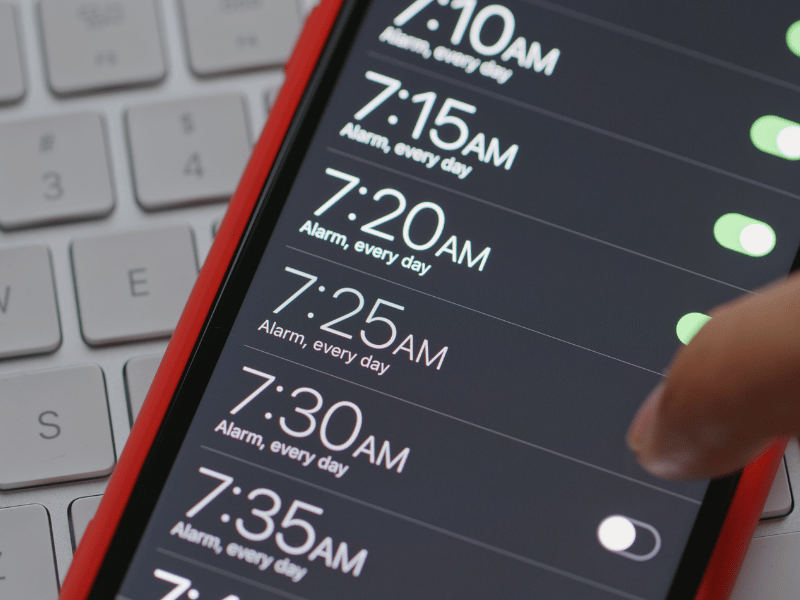
If you know that you tend to sleep through an alarm or oversleep, you might want to set an alarm that will wake you up once nap time is over. This will also ensure that you stick to the 10-30 minute time frame.
Before falling asleep, you want to spend a bit of time to relax your mind. Try closing your eyes, taking deep breaths, or meditating. Let go of any stress and anxiety that you may be feeling. This could help you get into the nap much quicker.
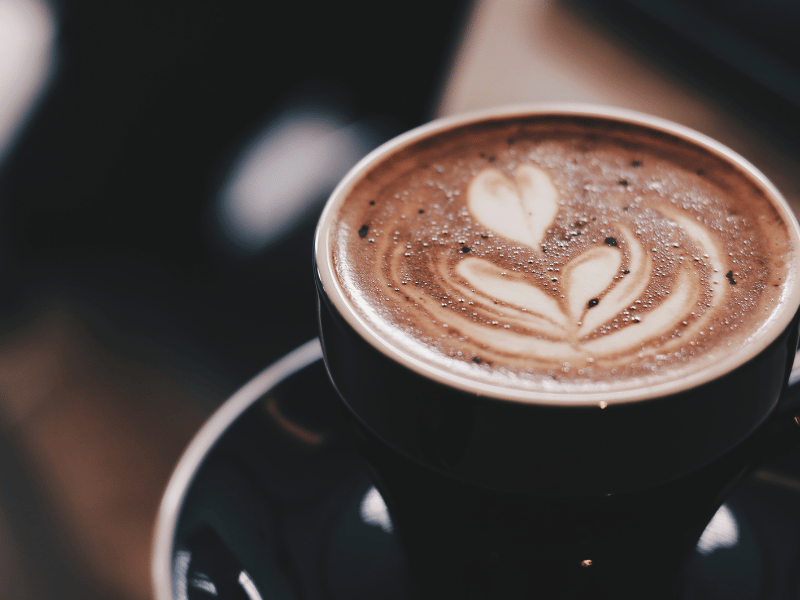
If you feel like you might still be sleepy even after taking a nap, consider drinking a cup of coffee just before napping. The caffeine takes time to set in, so once it kicks in, you’ll wake up feeling refreshed and alert.
If you’re feeling more tired than usual, you may need a longer nap and that’s okay. Consider taking a longer recovery nap between 30 to 60 minutes. However, you still want to be mindful of your sleep patterns to know what works for you.
It’s important to ensure that you do not nap past mid-afternoon to prevent disruption to your nighttime sleep.
The 30-90 rule is one of the guidelines for taking a good nap without feeling grogginess afterward. According to this rule, you should take naps no longer than 30 minutes or it should be a nap that lasts at least 90 minutes long.
Naps of at least 90 minutes allow you to experience and complete the full sleep stages, enabling restorative sleep.
If you sleep for more than 30 minutes but less than 90 minutes, there’s a likelihood of you waking up during a deep sleep stage. This can cause you to feel even more sleepy and tired [2].
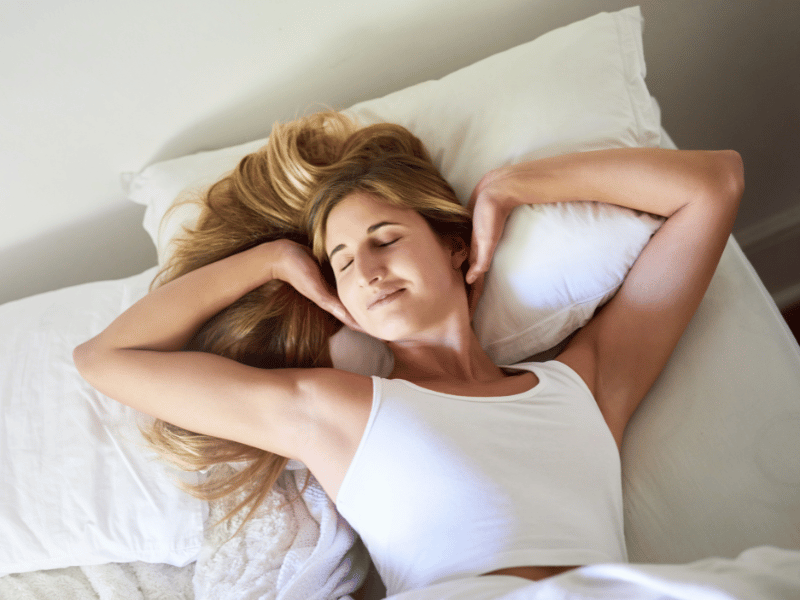
Power naps are associated with several benefits, including:
In addition to reducing sleep deprivation, power naps can enhance verbal memory, perceptual learning, numeracy, reasoning, and response time. Additionally, power naps assist fight exhaustion, keeping the attitude positive, and minimizing stress.
A power nap has many advantages for your health and well-being but can also increase your productivity. The National Sleep Foundation advises taking a 10- to 20-minute nap daily. Power naps increase your productivity by keeping you awake and alert.
Power naps are a fantastic general energy booster. In the minutes before a crucial meeting, a power nap can also make you feel more at ease, focused, and confident.
You’ll feel more energized, focused, and alert after a power nap, which could improve your mood. Power naps’ ability to relieve tension has a significant positive impact on your mood.
In summary, a quick power nap can provide an energy boost in the afternoon and can help you to improve your performance and alertness during the day. It’s important to stick to the recommended 10 to 30 minutes of nap time so that you do not experience daytime fatigue.
If you struggle to manage your sleep patterns and suffer from poor sleep quality, consider trying the ShutEye® app. ShutEye® is a science-backed sleep-tracking app that tracks your sleep cycle and offers personalized sleep recommendations for improved sleep quality.
Restivo, J. (2024) https://www.health.harvard.edu/staying-healthy/can-a-quick-snooze-help-with-energy-and-focus-the-science-behind-power-napsCan a quick snooze help with energy and focus? The science behind power naps [online]. Available at:
Sleep Dynamics (2024) How to Take the Perfect Nap (The 30-90 Rule) [online]. Available at: https://sleepdynamics.com/how-to-take-the-perfect-nap/